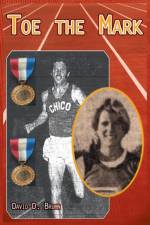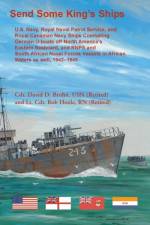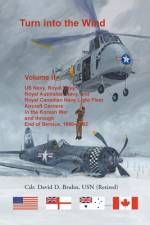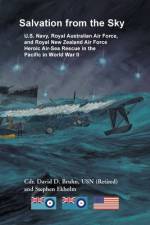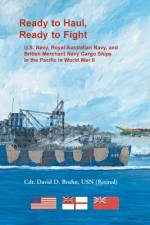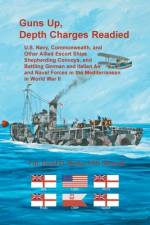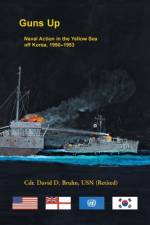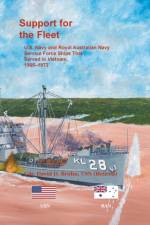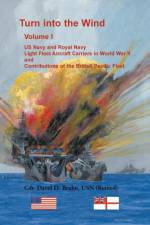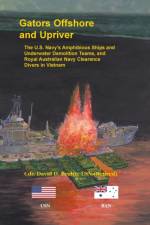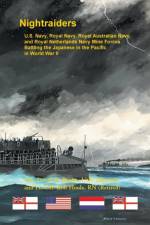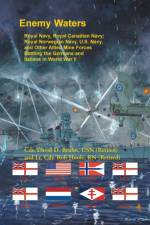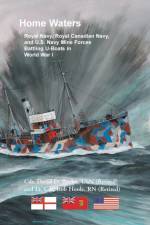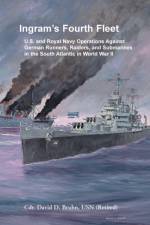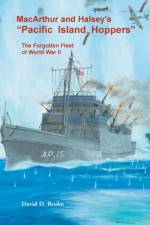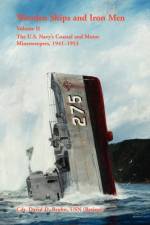- U.S. Navy, Royal Navy, Royal Australian Navy, and Royal Netherlands Navy Mine Forces Battling the Japanese in the Pacific in World War II
von Rob Hoole & David Bruhn
50,00 €
As war with Japan was imminent, the British laid minefields off Hong Kong and Singapore; the Dutch in the Netherlands East Indies; and the Australians off New Zealand and Australia, in an attempt to prevent enemy invasion. Ships hastily converted to this task were referred to as "night raiders." Duty aboard a "floating ammunition dump" was hazardous enough; missions carried out under the cloak of darkness increased the odds of survival in enemy waters. As MacArthur, Halsey, and Spruance's forces advanced toward Japan, minesweepers worked with "night raiders"-clearing waters off landing beaches, while minelayers strove to deny the enemy freedom of the sea. Australian seaplanes ("Black Cats") flew long, perilous night-missions to mine Japanese harbors, and British submarines and planes joined in the attack on shipping. Late in the war, USAAF bombers ringed the Japanese home islands with thousands of mines. When hostilities ended, war-weary "sweep sailors" remained in Asian waters-ridding the sea of "shipkillers." The little-known efforts of these valiant men are illuminated in this rare look into history. One hundred and forty-four photographs, maps, and diagrams; appendices; and an index to full-names, places and subjects add value to this work.


